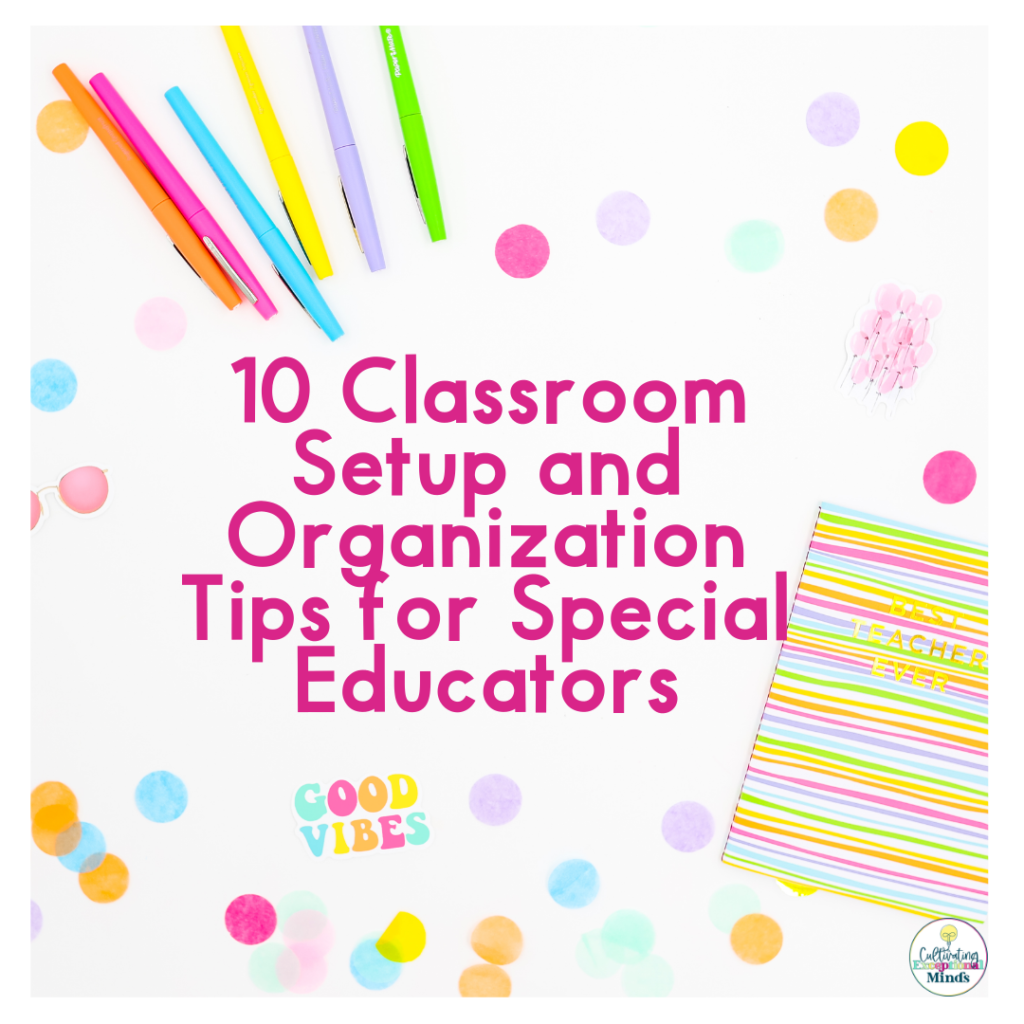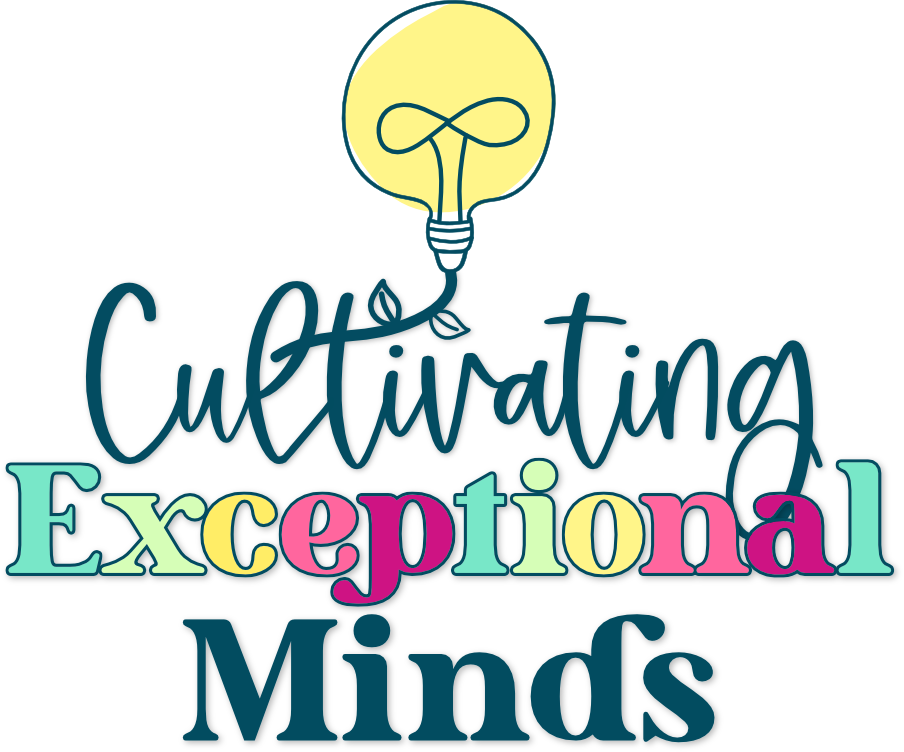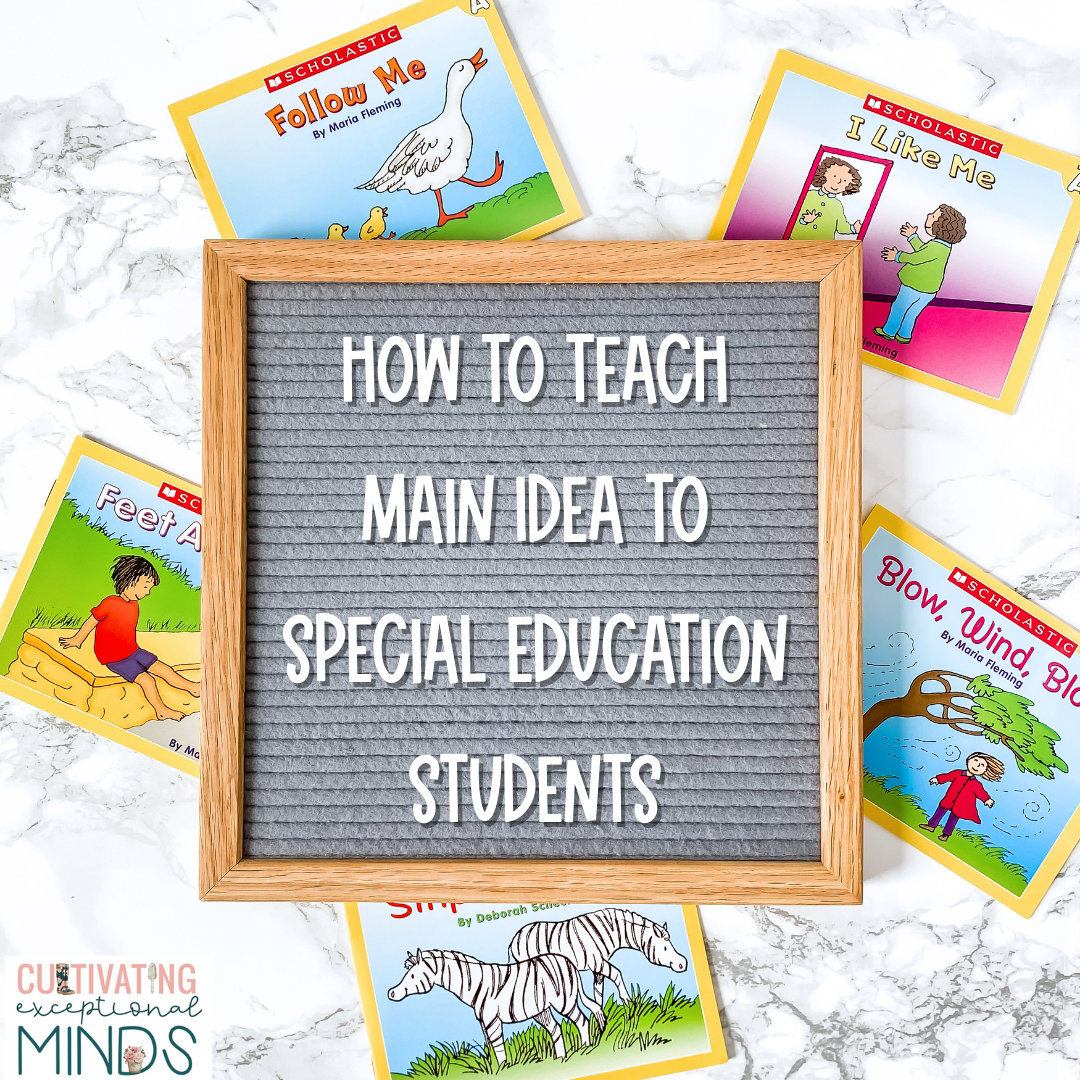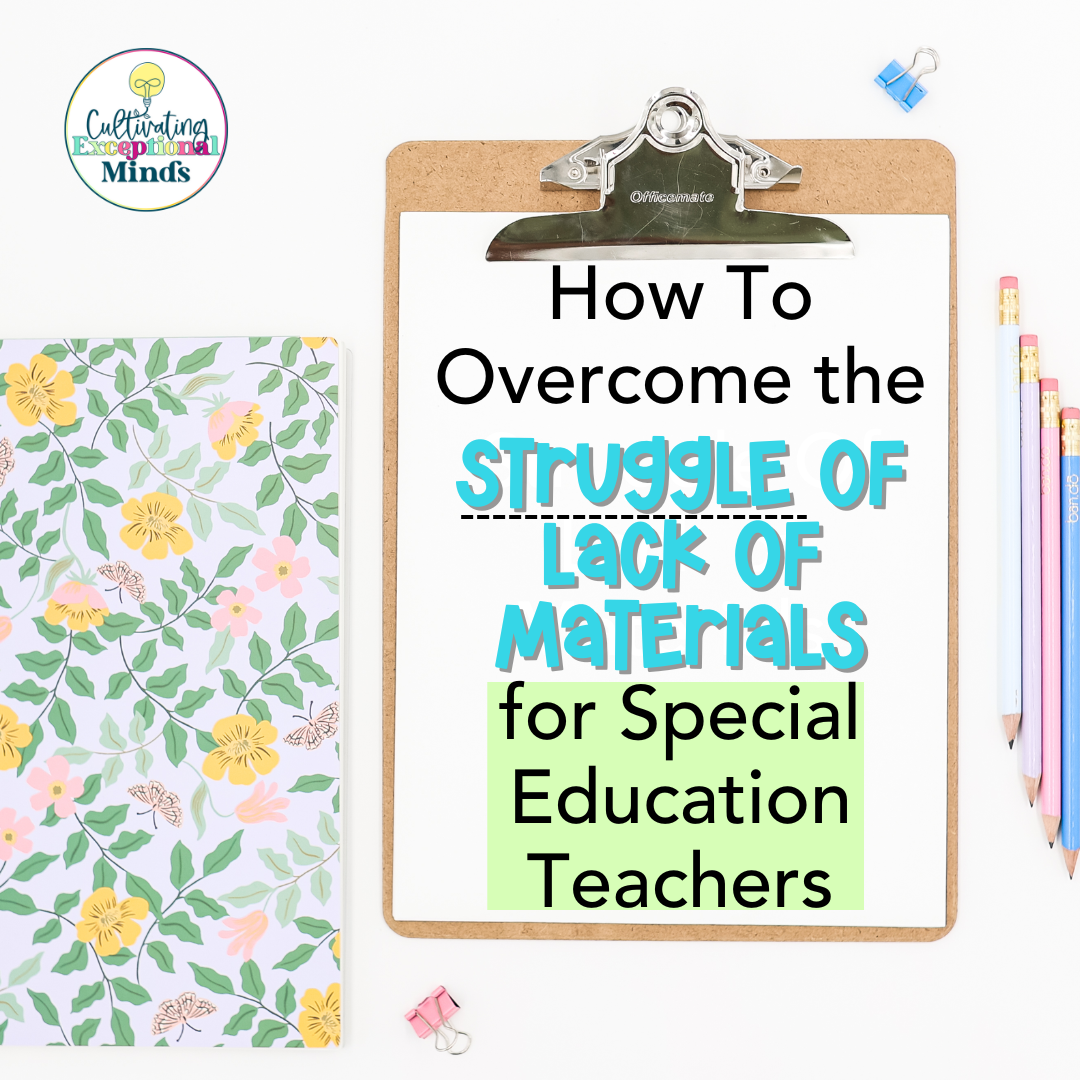Want to know some Classroom setup tips for special educators? Are you ready to transform your Classroom setup into an organized, efficient, and welcoming learning environment? Proper classroom setup and organization are crucial for setting the tone for the entire school year. Here are ten practical tips to help you create a classroom that supports both teaching and learning.
Start with a Clear Plan
Begin by sketching out a floor plan of your classroom. Consider the different areas you need, such as a reading corner, a sensory station, and a group work area. Having a clear plan helps you make the most of your space. For more on classroom organization, check out our Amazon Must-Haves.
Label Everything
Labeling is essential for maintaining an organized classroom. Use clear and consistent labels for bins, shelves, and drawers. This not only helps you stay organized but also encourages students to be independent. Listen to our podcast episode on Classroom Management Tips for more insights.
Create a Visual Schedule
A visual schedule helps students understand the structure of their day and reduces anxiety about transitions. Use pictures and symbols to represent different activities and display the schedule prominently in your classroom.
Designate Specific Areas
Create designated areas for different activities, such as a quiet reading corner, a sensory area, and a group work table. Clear boundaries help students understand where each activity takes place. Learn more in our Classroom Setup Blog Post.
Use Storage Solutions
Invest in storage solutions like bins, baskets, and shelving units to keep materials organized and easily accessible. Color-coded bins can also help students quickly find what they need.
Implement a Check-In System
A check-in system, such as a bulletin board with student names and activities, helps you keep track of where students are and what they are working on. This system promotes accountability and independence.
Keep Frequently Used Items Accessible
Place frequently used items, like pencils, paper, and sensory tools, in easily accessible locations. This reduces downtime and keeps students focused on their tasks. Our Special Education Teacher Back to School Night Bundle includes essential tools to get you started.
Create an Inclusive Environment
Make sure your classroom reflects the diverse needs and backgrounds of your students. Use inclusive decorations and materials that represent different cultures and abilities.
Establish Routines and Procedures

Clearly defined routines and procedures help students understand what is expected of them. Practice these routines consistently during the first few weeks of school. For more on setting routines, read our Teaching Special Education: An Educator’s Guide for a New School Year.
Utilize Technology
Incorporate technology to streamline your classroom management. Use apps for scheduling, behavior tracking, and communication with parents. This not only saves time but also keeps you organized.
Have the best year as a special educator
Ready to take your classroom organization to the next level? Check out our Special Education Teacher Back to School Night Bundle for all the tools you need to create an organized and welcoming classroom environment.
By implementing these ten tips, you can create a classroom that is both functional and inviting. An organized classroom sets the stage for a successful school year, helping you and your students thrive. Happy organizing! For more tips: Join the exceptional collective membership










